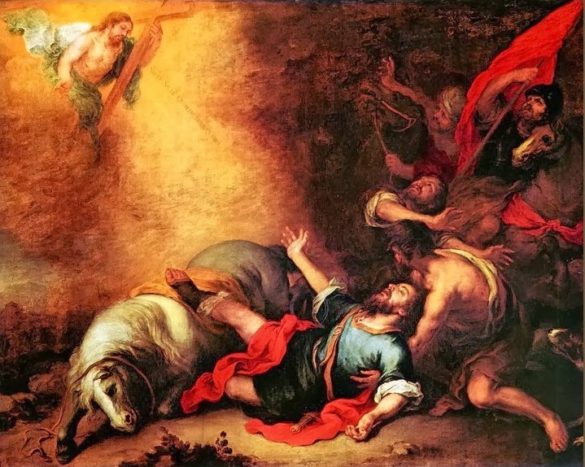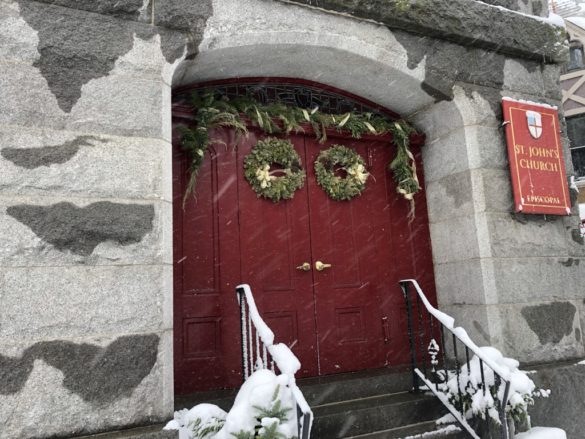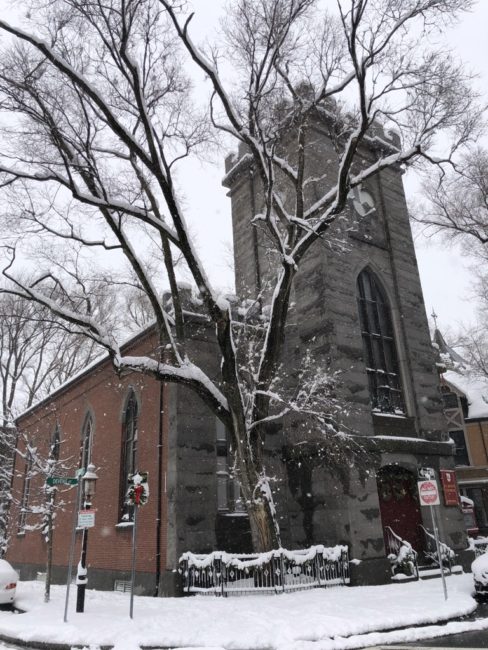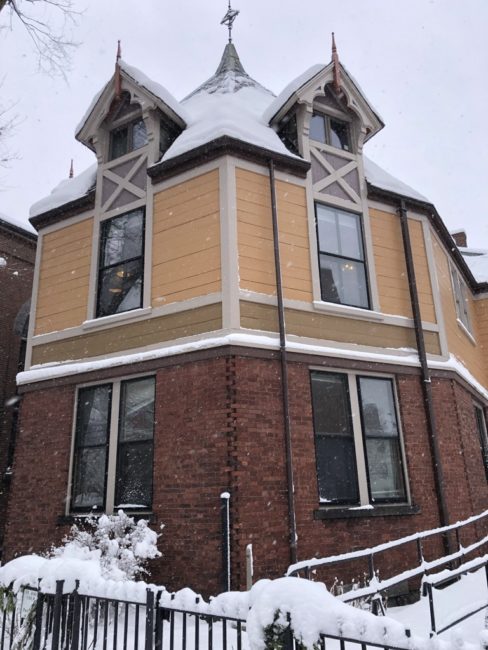Giving Up (and Taking On) for Lent
I may be over-prepared in general, but I tend to crash into the beginning of Lent without giving it much thought. “What are you giving up?” someone inevitably asks me during the first week or so of the season. (Or some variation: “What are you taking on?” “What new spiritual practice are you trying?”) And I suddenly realize that, yet again, despite my best intentions, I haven’t figured it out yet. So, just in case you’ve ever found yourself in the same predicament, I thought I’d take the opportunity to say a few words about our Lenten fasts, a couple weeks before they begin.
First, a note on “giving things up” and “taking things on” for Lent: Recently, many people have found it helpful to frame Lent as an opportunity to take on something new and good, to cultivate a new habit or spiritual practice, rather than to give something up. And this is fine! Traditionally, fasting and almsgiving are two core focuses of Lent. One would take the money saved by fasting from certain items (wine, meat, chocolate) and give it instead to those in need, so “giving up” and “taking on” were linked. While many people prefer the positive connotations of taking on something new rather than giving something up, note that most of what I say below still applies!
With that said, three observations about Lent:
- Lenten fasting is not about giving up something bad. You can (and probably should!) do this any time of the year! Although Lent’s mood does tend to encourage us to avoid our various bad habits, this is isn’t a fast; it’s repentance. Lenten fasting is about giving up something good, something which we can joyfully receive again at Easter. (Hence the common practice of a reception after the Easter Vigil featuring chocolates and champagne!)
- Lenten fasting is not a project of self-improvement; it is a process of self-knowledge. It’s an exploration of the human will. Temporarily giving up something that’s otherwise good (or at least neutral) gives us an opportunity to observe how our minds and wills work. Say I decide to fast from social media during Lent. If I fail a few times, it’s not a very big deal. But it is a learning experience, an opportunity to observe the conditions under which my willpower grows weak. Is it when I’m bored? Tired? Lonely? What are the triggers that lead me to rationalize away my resolution and indulge in the thing I’ve promised to avoid? It turns out that for most of us, the same patterns apply to our more serious sins and bad habits; so by struggling against a minor foe, I’ve learned how to care for myself in the larger struggle against my more-deeply-engrained issues. In this sense, you can almost think of Lent as a workout for the soul: it’s an opportunity to strengthen your ability to resist true evil by practicing on things that just aren’t that important.
- God does not love you any more for keeping a perfect Lenten fast, nor does God love you any less for an imperfect one; and in fact, God may well be pleased to see the humility that comes with occasional failure! While to a certain extent our Lenten practices can strengthen our willpower, what they really do well is show us how weak the will can be. And the humility that comes with this realization opens us up to be grateful for God’s grace, for the promise of unconditional love we receive, no matter how imperfect we are.
Good Friday’s going to come, whether you give up everything you can all Lent and never fail, or rationalize and justify your way through every cheat. Your perfect control of every situation won’t be enough to save Jesus’ life. Your failures aren’t the reason that it’s ending. But these forty days of struggle are a chance to practice a more perfect imperfection; to risk looking into your own soul and observing its workings when dealing with the most trivial things, knowing that—however great your success or profound your failure to keep a holy Lent—Christ will rise again at the end of it.





